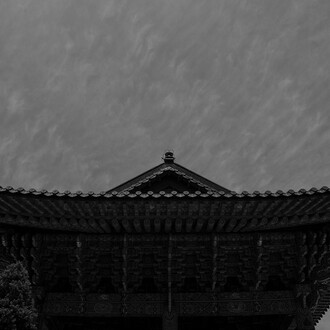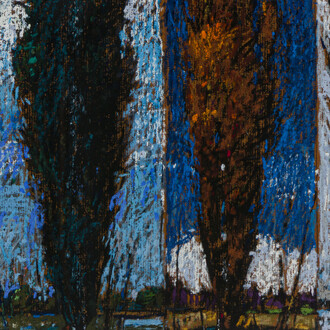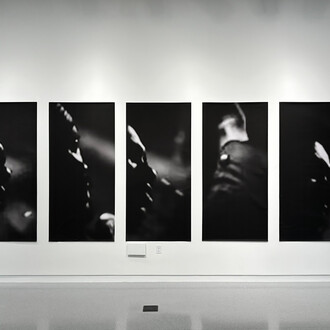This spring, the Jewish Museum presents the first U.S. retrospective in nearly half a century dedicated to social realist artist and activist Ben Shahn (1898-1969). Ben Shahn, on nonconformity examines the prolific and progressive artist’s commitment to chronicling and confronting crucial issues of his era, spanning from the Great Depression to the Vietnam War, as well as his exploration of spirituality and Jewish texts. Featuring 175 artworks and objects from the 1930s to the 1960s, including paintings, mural studies, prints, photographs, commercial designs, and ephemera, the exhibition highlights the enduring relevance of Shahn’s art across media, while revealing new insights into the complexity of his aesthetic and his decisive shift from documentary to allegorical and poetic styles in pursuit of a visual language that would resonate widely.
On view from May 23 through October 12, 2025, Ben Shahn, on nonconformity extends the Jewish Museum’s history of exploring Shahn’s far-reaching ideas and deep impact of the artist. The exhibition is organized by Dr. Laura Katzman, guest curator, in collaboration with Dr. Stephen Brown, Jewish Museum curator, and is drawn from the recent retrospective curated by Dr. Katzman at the Museo Nacional Centro de Arte Reina Sofía, Madrid.
“Ben Shahn, on nonconformity showcases the extraordinary work of a pioneering artist whose commitment to social justice across ethnic, class, and racial divides could not have greater relevance today,” said James S. Snyder, Helen Goldsmith Menschel Director. “There is no better place for this timely exhibition than the Jewish Museum, which presented Shahn’s last U.S. retrospective in 1976. The affirmation of shared universal humanity in his art parallels the Jewish Museum’s own mandate to explore the cross-cultural connectedness of Jewish experience throughout the global diaspora over 3,500 years.”
The exhibition draws its title from Ben Shahn’s credo of “nonconformity,” which the artist asserted as an indispensable precondition for both significant artistic production and all great societal change. This philosophy is centered in the exhibition as the foundational thread that runs through the artist’s oeuvre, which investigates issues such as unemployment, discrimination, authoritarianism, and threats to freedom of expression, while championing labor, civil, and human rights. Shahn’s later spiritual work, which embraces the Hebrew language and biblical stories, also reflects his exploration of a tradition of social justice activism within Jewish culture.
Born to a Jewish family in Russian-controlled Lithuania, Shahn immigrated to the United States with his family in 1906. He began his career as a lithographer, mastering drawing, engraving, and typography, before expanding and experimenting across a vast array of mediums. The exhibition demonstrates Shahn’s rejection of a strict hierarchy among mediums, based on a belief in the power of images in all forms to stir the conscience of the public.
“Ben Shahn, on nonconformity offers a reappraisal of the artist through a contemporary lens,” said Dr. Laura Katzman, guest curator. “Shahn’s understanding of art’s critical role in the perpetual struggle for a more just future resonates powerfully today. The exhibition invites visitors to examine the issues that were important to Shahn through our modern understanding of social justice. It also uplifts the richness and complexity of his aesthetic, which drew inspiration from various artistic movements in the postwar era—from abstract expressionism to conceptual art—and capitalized on the reach of mass media, raising commercial production to a high art.”
“Ben Shahn is one of the great American artists of the twentieth century who believed in the value of dissent and the essential function of art in the life of a democratic society,” said Dr. Stephen Brown, Jewish Museum curator. “The first major presentation of his work in the U.S. in decades, the Jewish Museum exhibition is something of a homecoming for Shahn, who has been part of our collection since 1947 and who was educated and politicized in New York City.”
















